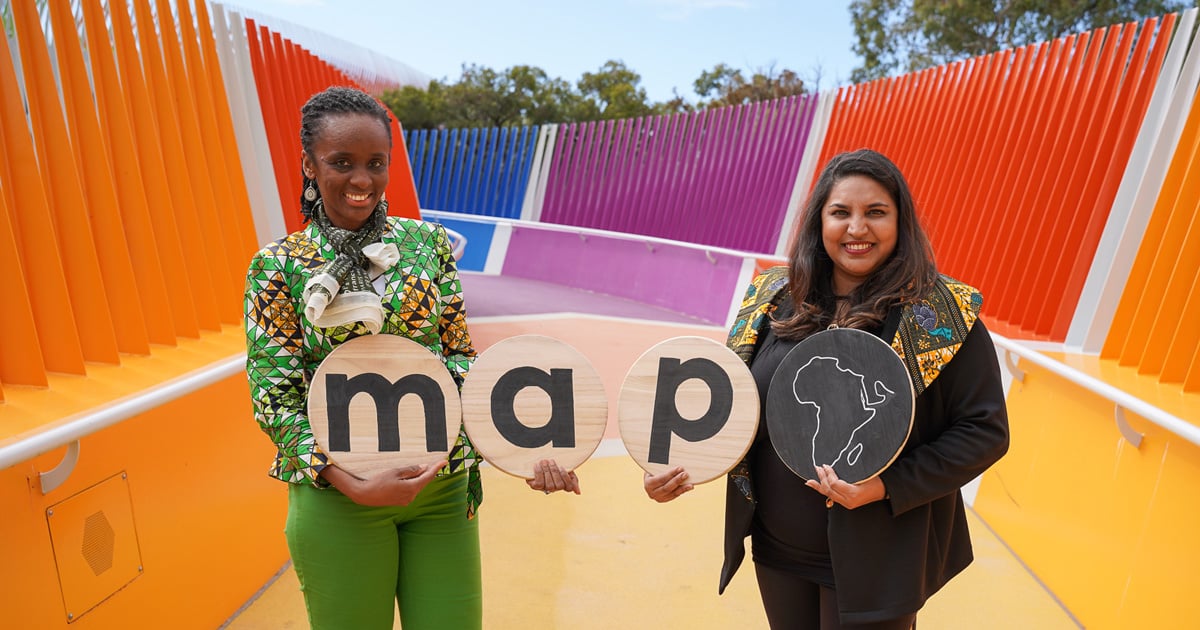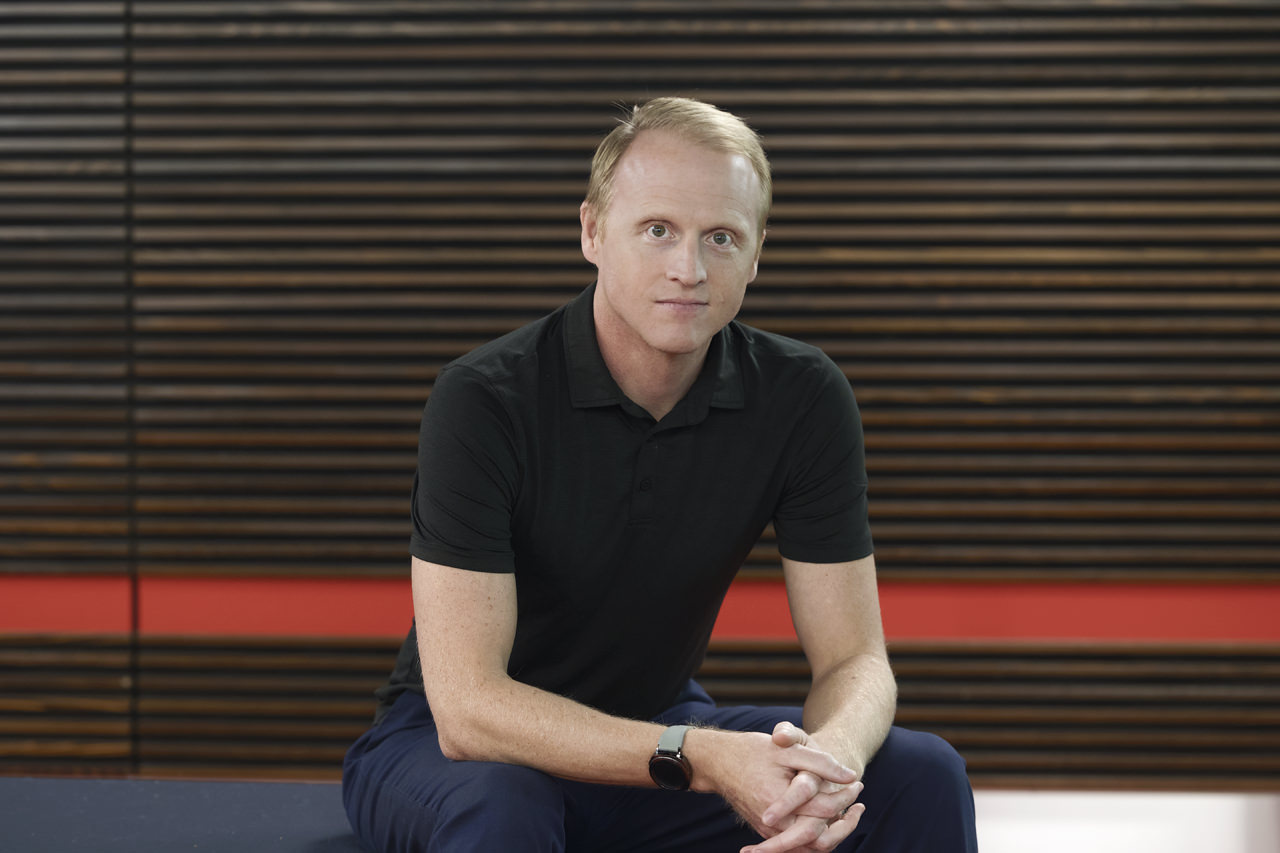
Dr Susan Rumisha (left) and Dr Punam Amratia (right), are heading to Tanzania to establish the East Africa Node of the Malaria Atlas Project
The Malaria Atlas Project (MAP) – which houses the world’s largest malaria database and is at the forefront of efforts to track and tackle the disease – has been awarded more than $16 million by the Bill & Melinda Gates Foundation.
Malaria is one of the world’s leading causes of disease and child deaths, particularly in developing countries where young children and pregnant women are especially vulnerable.
MAP uses cutting-edge geospatial modelling and analytics to map and monitor malaria globally, and to track the impact of malaria control policy and programs.
Based until 2019 in Oxford, England and since September 2019 at The Kids Research Institute Australia and Curtin University in Perth, Western Australia, MAP is now moving to decentralise to help develop capacity in affected countries, address inequalities in global health funding, decision making and leadership, and empower the next generation of African spatial modelling researchers for sustainable impact.
A portion of the foundation grant will go to establishing a new MAP Node in the East African region, housed within the Ifakara Health Institute, Dar es Salaam, Tanzania. Led by MAP Senior Research Fellow Dr Susan Rumisha (originally from Tanzania), the East Africa MAP Node will operate in close alignment with the Perth Node, which is led by Kerry M Stokes Chair in Child Health at Curtin University and The Kids Research Institute Australia, Professor Peter Gething.

Pictured: Professor Peter Gething
Professor Gething said the foundation grant would allow both MAP Nodes to drive forward their world-leading research aimed at eliminating malaria.
“Having an on-the-ground presence in Africa is an exciting new chapter for MAP, with more than $5 million of the Gates Foundation funding going directly towards the establishment of the East Africa Node,” Professor Gething said.
He said the two Nodes would operate as a single, albeit geographically dispersed, research team working closely together to achieve the best outcomes for malaria control in Africa and globally.
“Bringing the MAP team to Africa will allow us to significantly boost research in the region as well as strengthen research capacity in a continent where malaria is endemic,” he said.
Sub-Saharan Africa (SSA) carries the heaviest toll of the global malaria burden, with 95 per cent of malaria cases and deaths occurring in this region.
MAP team member and East Africa Node technical lead Dr Punam Amratia (originally from Kenya) will join Dr Rumisha in relocating to Dar es Salaam from Perth to establish the node, build the local research team, and drive research in the region.
Dr Rumisha said the East Africa Node would benefit the continent by driving research and innovation in geospatial analytics for malaria to generate robust evidence to guide malaria decisions.
“Working closely with national malaria programs in the region would allow the team to integrate local knowledge, expertise and context into their methodologies and analyses, enabling them to tailor their approach to suit countries’ priorities and demands,” Dr Rumisha said.
Our vision is to enhance the geospatial modelling skills of early to mid-career African researchers and prioritise African leadership in utilising advanced analytical tools to drive the agenda of malaria control, elimination and eradication in Sub-Saharan Africa.
Professor Gething said the latest tranche of funding – which builds upon many years of funding support from the foundation – would help MAP generate the annual geospatial malaria modelling and analytics that describe the global landscape of malaria transmission, infection, morbidity, mortality, and intervention coverage.
These projects are the backbone of official WHO/UN malaria tracking, featuring in the annual WHO World Malaria Report and informing the malaria component of the Global Burden of Disease Study.
Other areas of focus will include research to better understand the drivers of malaria trends in Africa, including the recent slow-down in progress against the disease; work on evaluating future threats, including growing drug and insecticide resistance and climate change; and analysis of strategies to improve the efficiency and impact of current and future malaria control tools.
Professor Gething said the foundation continued to be a wonderful supporter of MAP and was instrumental to the impact the team had been able to achieve so far.
Their vision of a malaria-free world is one we are passionately committed to, and we are incredibly excited to extend our mission over the next four years to bring the world closer to this goal.
ABOUT MAP
The Malaria Atlas Project (MAP) is a designated World Health Organization Collaborating Centre in Geospatial Disease Modelling. Though this partnership, MAP provides modelling and analysis both directly to the WHO Global Malaria Program and via WHO to individual countries.
ABOUT MALARIA
Malaria is a life-threatening but preventable disease spread to humans by some types of mosquitoes. Nearly half of the world’s population is at risk of malaria, which kills more than half a million people – mostly children aged under five – worldwide every year.
